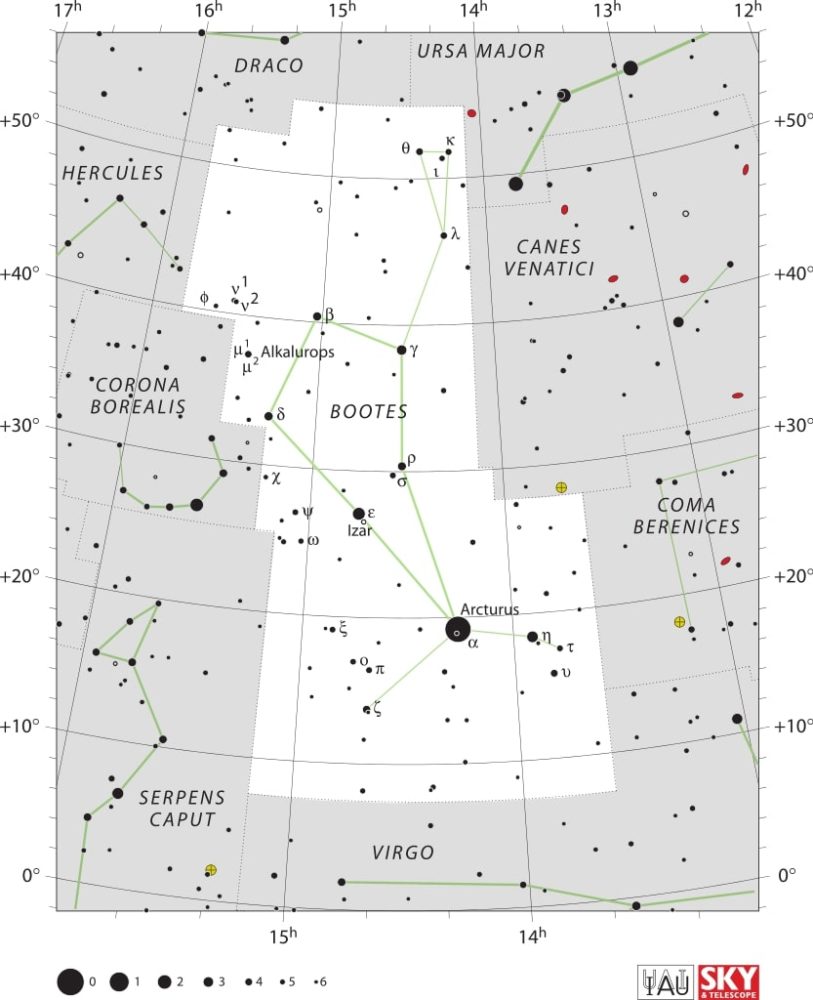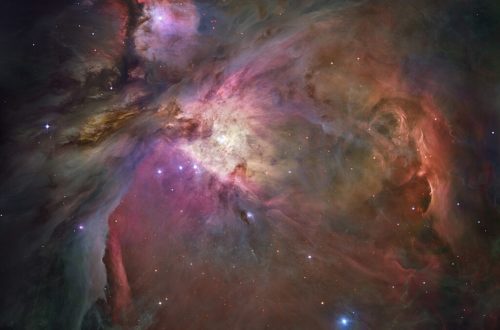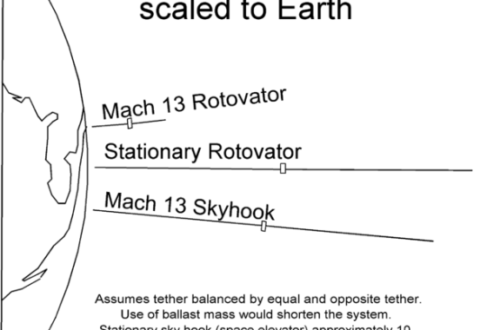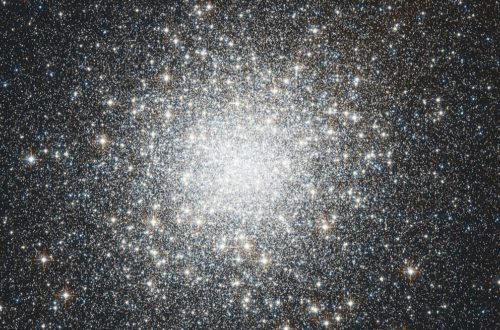Monthly Stargazing Calendar for January 2012
Looking for the January 2025 stargazing calendar?
On the night of January 3 to 4 the Quadrantids meteor shower will peak. It is an above average shower, with up to 40 meteors per hour at the peak. The near first quarter moon will interfere with the show a little at first, but it will set shortly after midnight, leaving dark skies for what would then be a good show. The meteors will appear to radiate from the constellation Boötes.

Would you like to be notified of stargazing events?
Although the shower peaks on January 3 and 4, some meteors can be seen from January 1 to 5. The name of this meteor shower comes from Quadrans Muralis, an obsolete constellation that is now part of Boötes.
Moon phases
As you know, the Moon has a big impact on the visibility of celestial bodies in the night sky. So here are the Moon’s phases for this month:

Positions of the planets this month
Mercury: The closest planet to the Sun can be seen at dawn and dusk in the constellation of Ophiuchus. This planet, being the closest to the Sun, will appear to move quickly in the night sky and its position will change in the following weeks.
Venus: The sister planet can be seen within the constellation of Capricornus. Just like Mercury, Venus can only be seen at dawn and dusk.
Mars: The red planet can be seen between the constellation of Leo and Virgo, not far from the bright star Denebola.
Jupiter: The gas giant is visible between the constellations of Pisces, Cetus and Aries. Jupiter can easily be spotted with the naked eye, even in highly illuminated cities.
Saturn: The ringed giant can be seen with the naked eye in the middle of the Virgo constellation, not far from the bright star Spica.
Uranus: The gas giant can be seen between the constellations of Pisces and Cetus with the use of a telescope.
Neptune: The blue giant requires a telescope pointed in the constellation of Aquarius in order to be seen.
Major astronomical event next month
- February 20 to March 12 – Best evening apparition of Mercury.
See also:
- Previous month’s calendar: Stargazing Calendar for December 2011
- Next month’s calendar: Stargazing Calendar for February 2012
Would you like to receive similar articles by email?






2 Comments
suman
nice informations
RyukyuMike
A Happy New Year to you and yours !